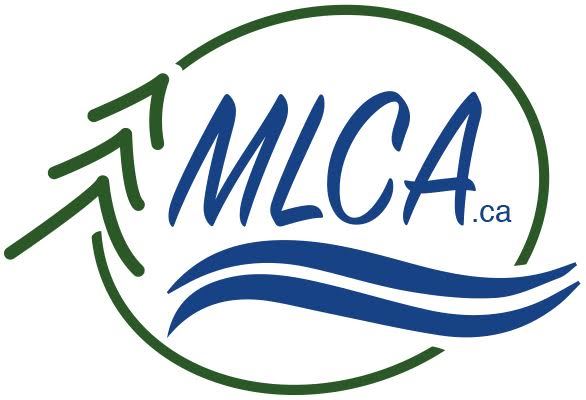.... |
Shoreline
Shorelands This is an excerpt of an article by C. Brad Peterson that can be found in a helpful compilation of articles entitled "Take the Plunge" published by the Federation of Ontario Cottagers' Associations (FOCA), from whom copies of the book may be purchased. Phone 705-749-3622 or email info@foca.on.ca The shorelands is often the focus of cottage recreational activities. The term shoreline implies the immediate area where land and water meet; however, it refers to at least the first 10 to 15 metres of land extending from the water's edge. By association, shorelands may also include the ribbon of life found in the riparian land corridor and the shallow water around a lake or along a river. A waterfront has similar characteristics, but can include intense industrial, commercial, residential and public recreational uses. Character In addition to recreational activities and spiritual relaxation, shorelands are important for water supply. They provide critical habitat for fish and wildlife. A shoreland is comprised of natural form, predominantly vegetation and often with thin soils over bedrock in the Precambrian Shield, and built form that includes mostly residential development interspersed with some commercial development. Shorelands are a dynamic environment where aquatic, terrestrial, climatological and sub-terrainian (i.e. ground water) forces meet and interact. Fluctuating water levels, the effects of ice, water currents, wave action, prevailing wind, storm tracts. changing climate, not to mention impacts due to human development, contribute to a combination of cumulative and sometimes rapid changes over time. Such an intensively used and sensitive area requires careful consideration for any development and provides many oppotunities for positive and enjoyable management over time. Before getting started, there are four main management or protection strategies to choose from.
Choosing one strategy over another will depend on the extent and severity of the problem and the amount of time and other resources that can be successfully mobilized to address the problem. Several non-profit, government and private sector consultants are available to assist shoreland property owners and associations in addressing shoreland concerns. For a copy of the complete article, which contains valuable information about every aspect of shoreline protection, please refer to the note at the beginning of this article. Thank you. |

